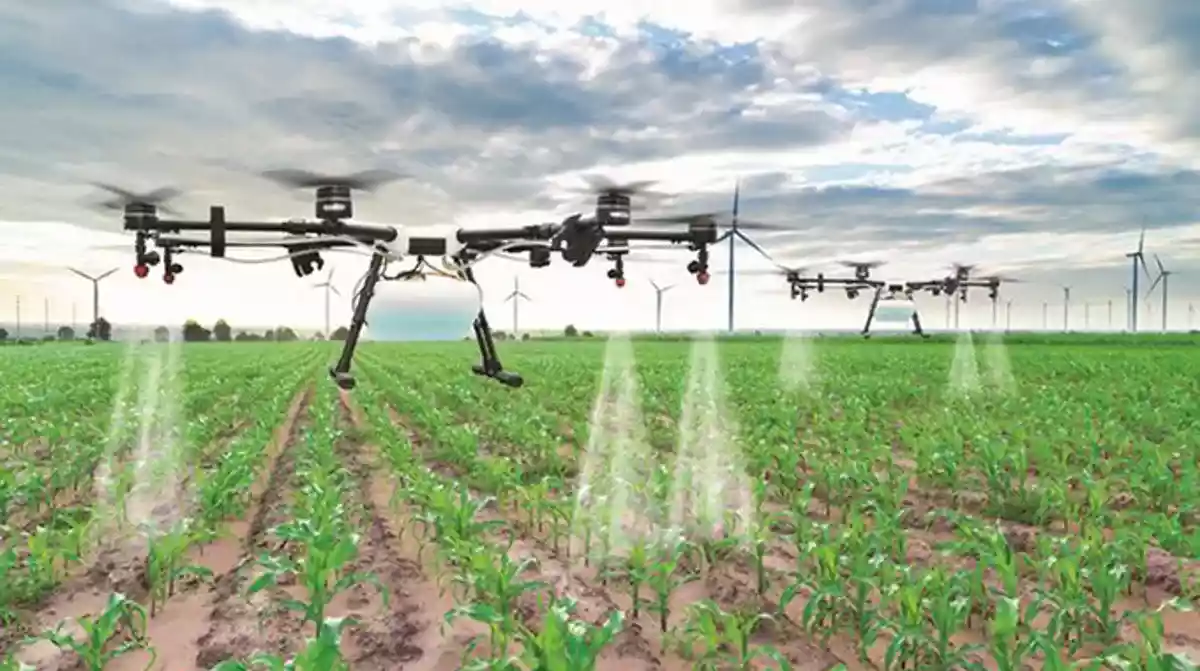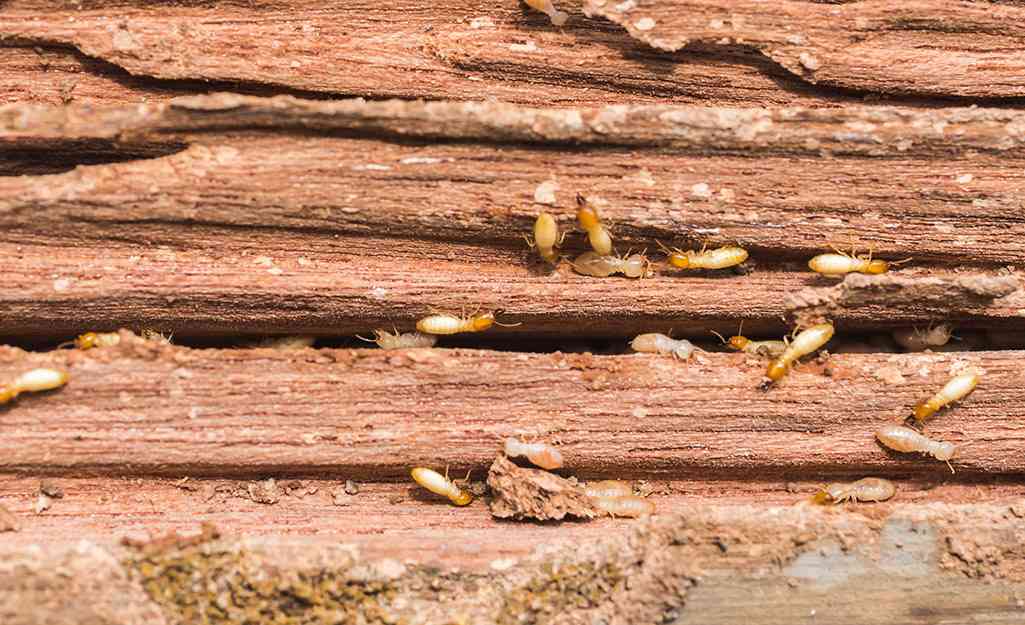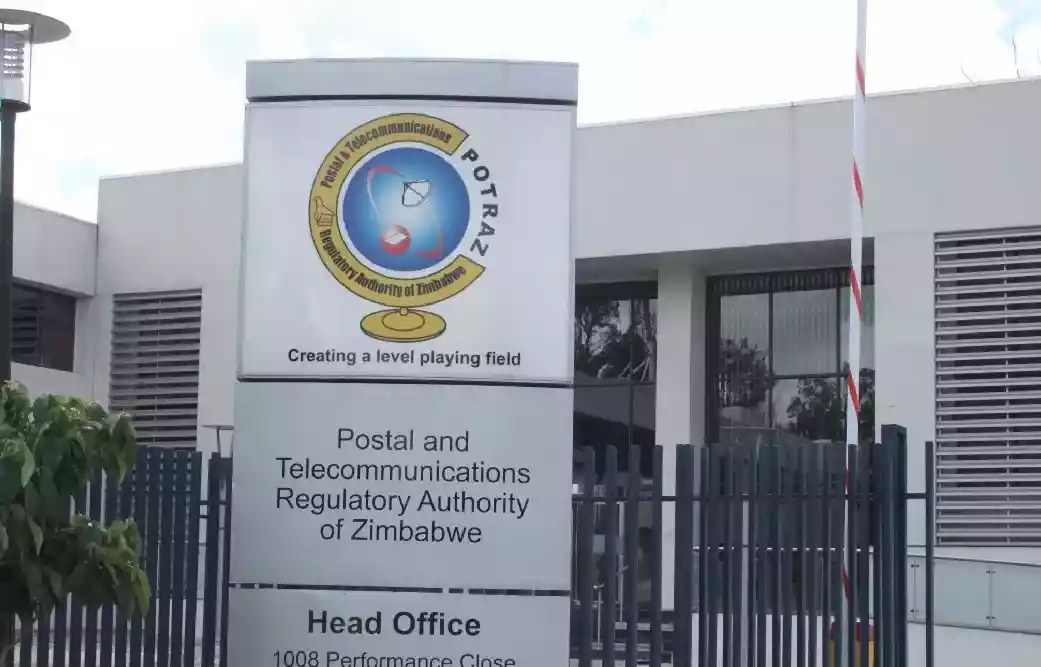
AS we head into a turbulent 2023/2024 agriculture season, farmers have to tighten their belts. Things are set to get tough.
The August 23 elections ended with the main opposition political party, Citizens Coalition for Change (CCC) disputing the presidential result. The effects of this deadlock will be felt on the economic front. Farmers must brace for a tough economic outlook.
Input prices and the cost of fuel is likely to go up in the coming months.
Issues around workers’ salaries will become topical, and this may leave many farmers stranded with crops in the field.
While all these are manageable, the real threat will be the anticipated El Nino conditions.
The government has warned farmers to prepare for El Nino. Recently permanent secretary in the ministry of Agriculture, Lands, Water and Fisheries John Basera said: "The 2023/24 seasonal outlook report is now in the public domain and I am appealing to everyone to go through it. In summary, a "below normal" rainfall season is projected and is likely to hit the sector hard.
“As we reflect on this, we are expected to come up with appropriate early actions, early responses through customised agriculture extension messaging and implementing robust mitigatory measures.
Our reflections should culminate into the following key touch points; our AMA: Adaptation, Mitigation, Action.
- Chamisa party defiant after ban
- Village Rhapsody: How Zimbabwe can improve governance
- Students develop mobile app to support SRHR learning
- News in depth: Partisan police force persecutes opposition, shields Zanu PF rogue elements
Keep Reading
“Let us spring into action and deploy the following Going4Growth+ initiatives as we gear up for the 2023/24 season.”
Basera further stated that the other key touch points were accelerated irrigation rehabilitation through a quick fix irrigation programme, religious adoption of Pfumvudza/Intwasa tenets and promoting on-farm feed formulations with climate smart fodder options.
“Every available irrigatable square inch of land should be cultivated to maize. Promote and intensify in-field water and moisture harvesting,” Basera said.
“Every drop counts and must be conserved! Improve season preparedness through early inputs distribution informed by agro-ecological potential matching.
“A bias towards growing of traditional/small grains is required. A healthy animal or crop stands a "bad season" better, hence adoption of GAPs (Good Agricultural Practices) is encouraged at all times. Increase vigilance in protecting veld. Mulching is essential. Do not burn it, mulch it.”
Basera called for stakeholder input to mitigate the effects of the drought.
However, the first advice he got in one of the platforms was that while times had changed, there was need to use water bodies for irrigation.
Most farmers, who resettled on huge former white farms, are not using their dams efficiently and effectively.
There is a need for downsizing operations to ensure that the land used produces high yields.
It has become more important for farmers to read widely and seek information on what crops to plant, when and how. Technology, especially distributive mapping, must now take root, provide a proper direction so that we do not have yesteryear situations where cattle would die because of lack of water when nearby farms have plenty. The issue of insurance must also not be toyed around with. There is a very high risk of loss and all farmers need to treat farming as a business.
In conclusion, technology has favoured us with information pointing to a possible drought.
We must be ready to mitigate its effects.
- Gwabanayi is a practising journalist and a farmer in his own right. — 0772 865 703.











